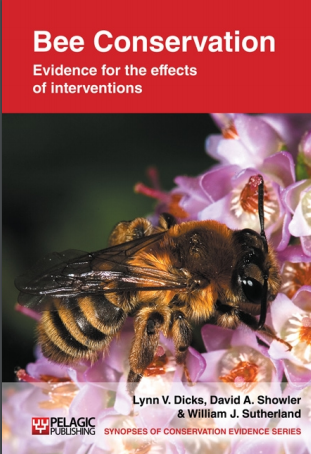Keep pure breeding populations of native honey bee subspecies
-
Overall effectiveness category Awaiting assessment
-
Number of studies: 1
View assessment score
Hide assessment score
How is the evidence assessed?
-
Effectiveness
not assessed -
Certainty
not assessed -
Harms
not assessed
Supporting evidence from individual studies
One replicated trial estimated the degree of hybridisation in six 'pure breeding' populations of the native black honey bee Apis mellifera mellifera, kept by beekeepers in eastern Switzerland (Soland-Reckeweg et al. 2009). The introduced southeastern European subspecies A. m. carnica also thrives in this area. The study, based on nine honey bee genetic markers (microsatellites) and a sample of 100 black honey bee workers (a single worker from each of 100 colonies), found that 28% of the sampled bees were hybrids. In the same area, 17% of workers sampled from pure breeding populations of the introduced subspecies A. m. carnica were also hybrids. These findings suggest that conservation management strategies for the black honey bee need improvement, perhaps by bee breeders using genetic testing rather than conventional appearance to identify hybrids.
Study and other actions tested
Where has this evidence come from?
List of journals searched by synopsis
All the journals searched for all synopses
This Action forms part of the Action Synopsis:
Bee Conservation
Bee Conservation - Published 2010
Bee Synopsis





)_2023.JPG)














